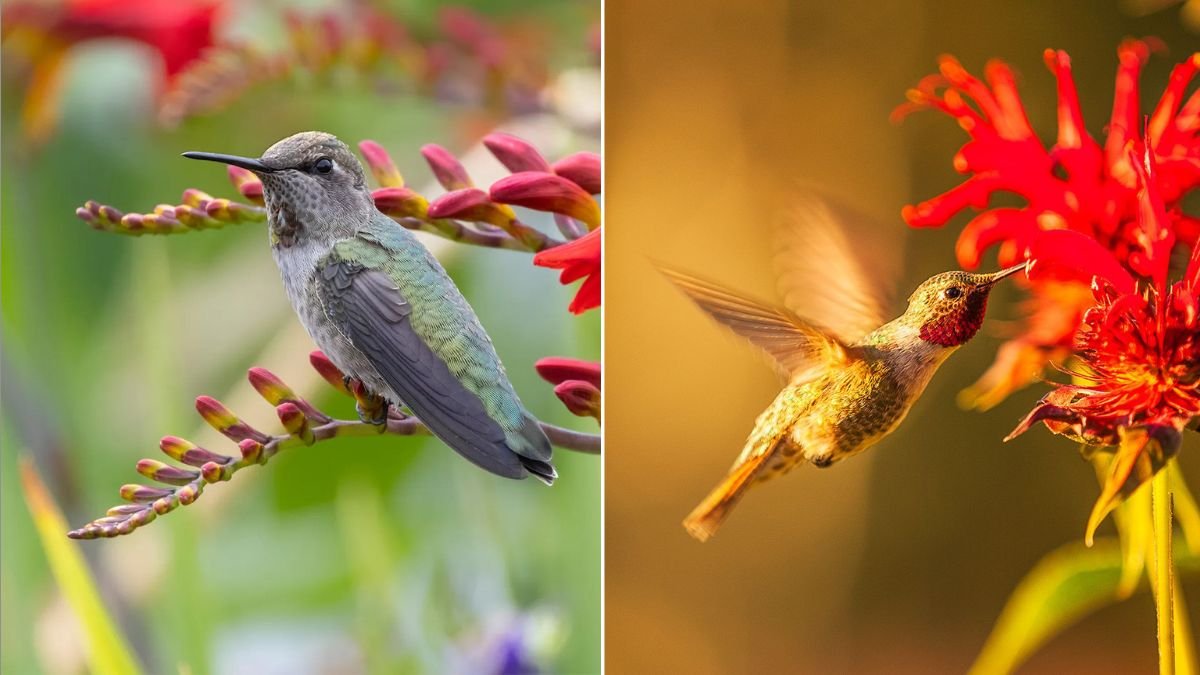A garden without pollinators is like a melody without music. Bees and hummingbirds are not only beautiful to watch, but they also play a critical role in pollinating plants, ensuring a bountiful harvest and a thriving ecosystem. While flowers often get the spotlight, shrubs can be just as valuable for attracting these hardworking visitors.
Shrubs provide dense clusters of blooms, consistent nectar sources, and long-lasting seasonal interest. Many also double as shelter for birds and beneficial insects. If you’re looking to transform your garden into a pollinator paradise, these six shrubs are among the best choices for attracting bees and hummingbirds.
1. Butterfly Bush (Buddleia davidii)
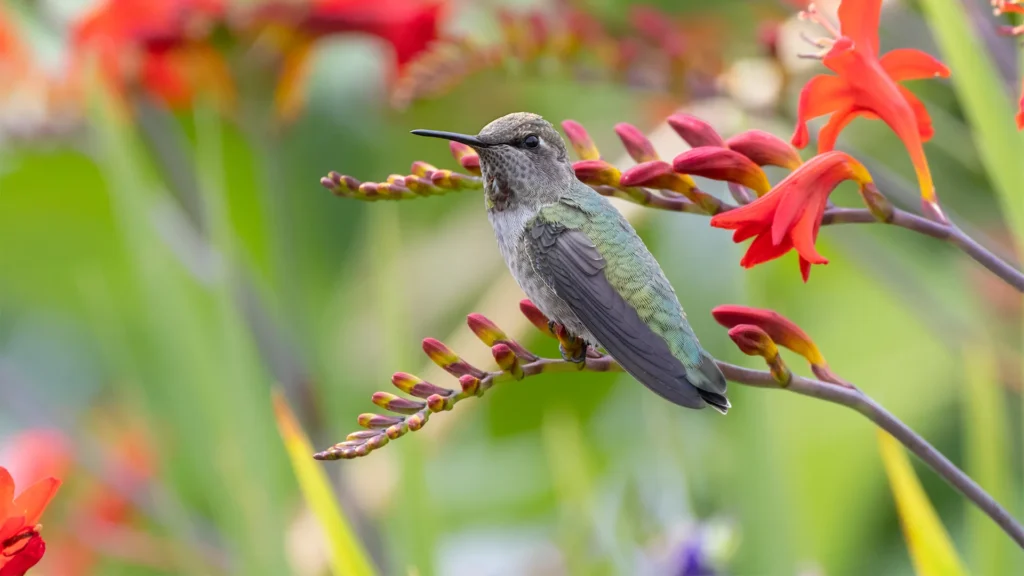
Why It Attracts Pollinators:
As the name suggests, the Butterfly Bush is irresistible to butterflies, but it also lures hummingbirds and bees in droves. Its long, cone-shaped flower clusters are packed with nectar, making them a summer hotspot for pollinators.
Key Features:
- Fragrant, vibrant blooms in purple, pink, white, and yellow.
- Blooms continuously from mid-summer into fall.
- Fast-growing, reaching 6–10 feet tall.
Care Tips:
- Plant in full sun for maximum blooms.
- Prune back hard in late winter or early spring to encourage fresh growth.
- Hardy in USDA zones 5–9.
2. Red Flowering Currant (Ribes sanguineum)
Why It Attracts Pollinators:
One of the earliest bloomers in spring, this shrub provides crucial nectar when few other plants are flowering. Its clusters of drooping, bright pink to red blossoms are magnets for hummingbirds and bees awakening after winter.
Key Features:
- Deciduous shrub growing 6–12 feet tall.
- Beautiful spring blooms followed by small berries.
- Excellent addition for woodland gardens.
Care Tips:
- Prefers full sun to partial shade.
- Adaptable to different soils, though it likes good drainage.
- Hardy in zones 6–8.
3. Weigela (Weigela florida)
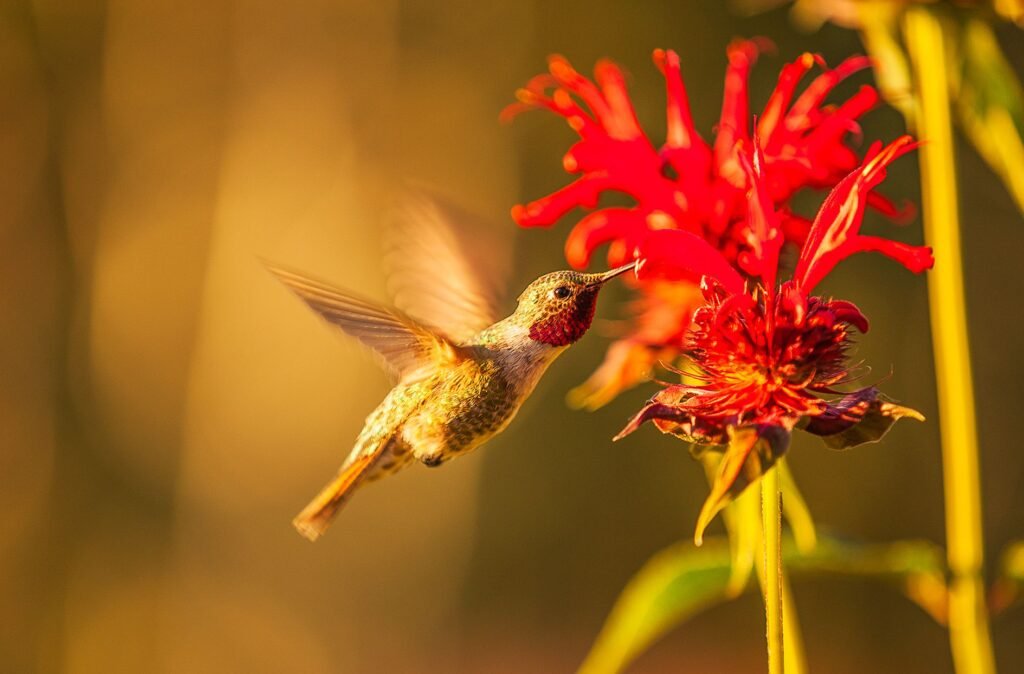
Why It Attracts Pollinators:
Weigela produces tubular flowers, which are perfect for hummingbirds, while bees eagerly forage on its abundant nectar. Its repeat blooming varieties keep pollinators coming back throughout the summer.
Key Features:
- Showy pink, red, or white trumpet-shaped flowers.
- Grows 6–10 feet tall depending on the cultivar.
- Attractive foliage, with some varieties offering variegated or burgundy leaves.
Care Tips:
- Thrives in full sun but tolerates partial shade.
- Prune right after flowering to maintain shape and encourage reblooming.
- Hardy in zones 4–8.
4. Summersweet (Clethra alnifolia)
Why It Attracts Pollinators:
Summersweet is a pollinator favorite thanks to its fragrant spikes of white or pink flowers that bloom in midsummer, just when nectar sources may be scarce. Bees and hummingbirds are especially drawn to its sweet scent.
Key Features:
- Compact shrub, 3–8 feet tall.
- Fragrant flowers attract a wide variety of pollinators.
- Grows well in wet soils, making it perfect for rain gardens.
Care Tips:
- Prefers partial shade but can handle full sun if soil remains moist.
- Tolerant of clay and damp conditions.
- Hardy in zones 3–9.
5. Azaleas and Rhododendrons (Rhododendron spp.)
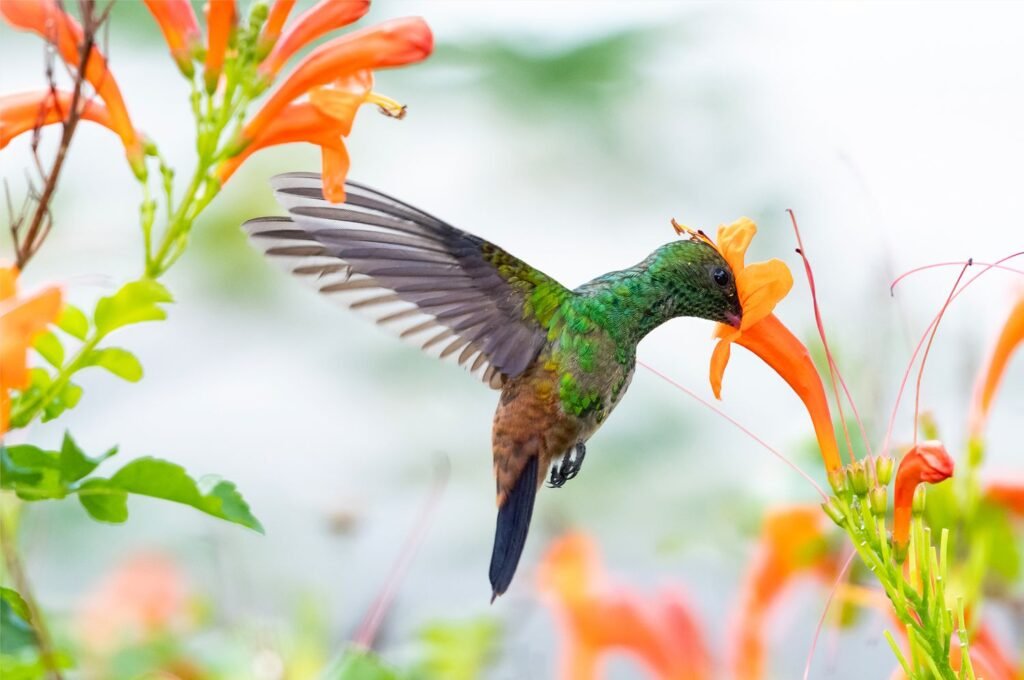
Why They Attract Pollinators:
These spring-blooming shrubs produce clusters of showy, trumpet-shaped flowers rich in nectar. Hummingbirds adore their tubular blooms, while bees buzz busily among them during peak flowering.
Key Features:
- Wide variety of flower colors, from soft pastels to vibrant reds and purples.
- Evergreen or deciduous types available.
- Typically 3–15 feet tall, depending on species.
Care Tips:
- Require acidic, well-drained soil rich in organic matter.
- Best planted in partial shade with shelter from harsh afternoon sun.
- Hardy in zones 4–9, depending on the variety.
6. Abelia (Abelia × grandiflora)
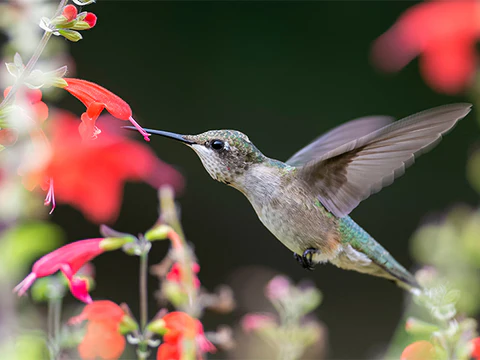
Why It Attracts Pollinators:
Abelia is a long-blooming shrub that produces clusters of small, tubular, fragrant flowers from summer into fall. Bees, hummingbirds, and butterflies all flock to its nectar-rich blossoms.
Key Features:
- Semi-evergreen shrub, 3–6 feet tall.
- Glossy green leaves often turn bronze or burgundy in fall.
- Long-lasting bloom period.
Care Tips:
- Thrives in full sun but tolerates light shade.
- Drought-tolerant once established.
- Hardy in zones 6–9.
Extra Tips for Attracting Bees and Hummingbirds
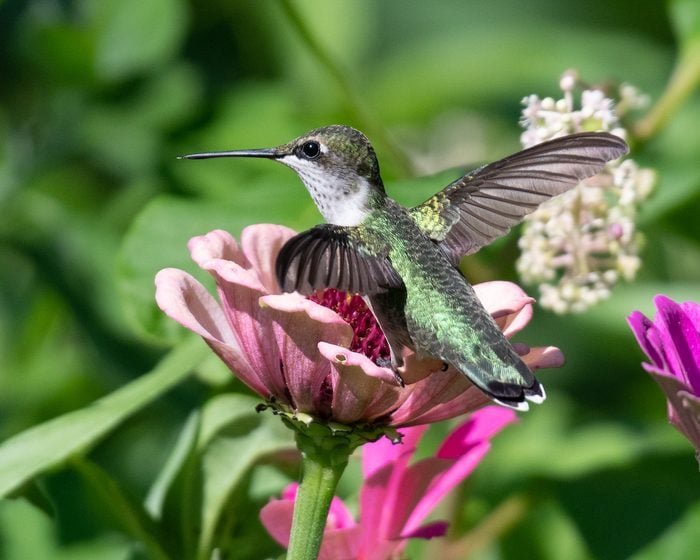
- Plant a mix: Provide overlapping bloom times by mixing early, mid, and late-season shrubs.
- Avoid pesticides: Chemicals can harm pollinators or discourage them from visiting.
- Provide water: A shallow birdbath or dish of water with stones helps hummingbirds and bees.
- Plant in groups: Larger clusters of shrubs are easier for pollinators to find than isolated plants.
Final Thoughts
Attracting bees and hummingbirds isn’t just about creating a lively, colorful garden—it’s about supporting biodiversity and ensuring healthy pollination for your plants. By planting shrubs like Butterfly Bush, Red Flowering Currant, and Weigela, you’re not only beautifying your yard but also providing critical resources for pollinators.
Choose wisely, plant generously, and enjoy the reward of a garden buzzing with life and shimmering wings all season long.
